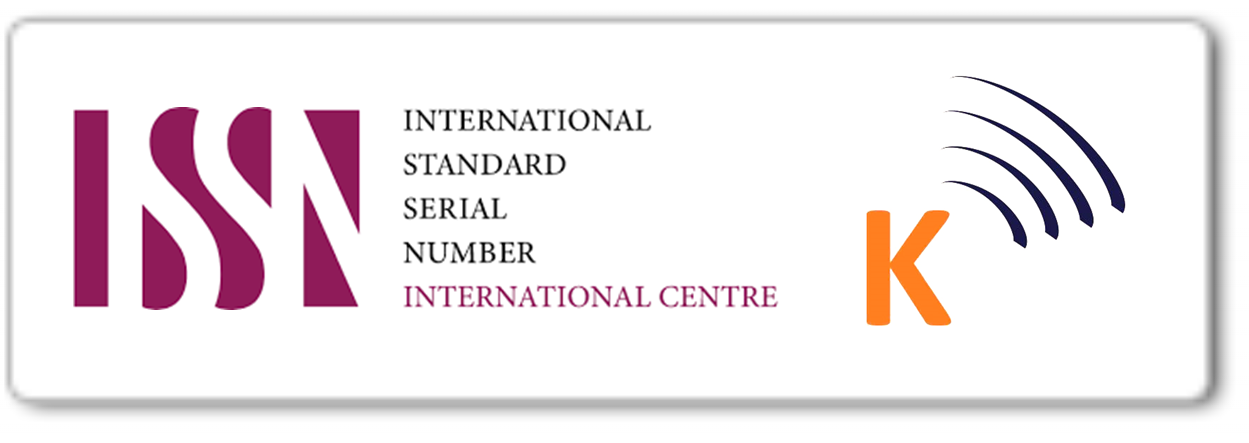PEMBELAJARAN TENTANG PERSENTASE DENGAN BATERAI HANDPHONE DI KELAS V SD NEGERI 119 PALEMBANG
Keywords: baterai sebagai media, battery as learning media, design research, matematika realistic, realistic mathematics, riset desain
Abstract
The purpose of this study to determine the extent to which students' understanding in percent material by using the context of mobile phone batteries. The subject of the research is the fourth grade students of SD N 119 Palembang 31 pupils and with different ability, the method in this research uses research design research method as the right tool to reach the goal, this research using realistic mathematics education approach. The results of this study indicate that 20% of students can solve the problem percent to gradually difficult, while 80% of students have not arrived at the problem with a difficult stage. From the research students are easier to understand the percent by using mobile phone battery as the context and modeling mathematics of the model bar.
Tujuan dari penelitian ini untuk mengukur sejauh mana pemahaman siswa dalam materi persen dengan menggunakan konteksbaterai handphone. Subjek penelitian adalah siswa kelas IV SD N 119 Palembang sebanyak 31 siswa yang mempunyai kemampuan berbeda, metode mengenai penelitian ini menggunakan metode penelitian design research sebagai sarana yang tepat untuk mencapai tujuan, penelitian iini menggunakan pendekatan pendidikan matematika realistik. Hasil penelitian ini menunjukkan bahwa 20% siswa bisa menyelesaikan persoalan persen sampai ketahap susah, sedangkan 80% siswa belum sampai pada penyelesaian soal dengan tahap susah. Dari penelitian tersebut siswa lebih mudah memahami persen dengan menggunakan baterai handphone sebagai konteks dan pemodelan matematika dari model bar.
Downloads
References
Baroody, A. J., & Ronald, T. C. (1998). Fostering children’s mathematical power. London: Lawrence Elbaum Associates Publisher.
Freudhental, H. (1991). Revisiting mathematics education, Kluwer Academic: London.
Gravemeijer, K., & Cobb, P. (2006). Design research from a learning design perspective, in Van den Akker, J., Gravemeijer, K., McKenny, S., and Nieveen, N (Editor) Educational Design research, hal. 17-51. London: Routhledge.
Gravemeijer, K., & Van Eerde, D. (2009). Design reseach as measn as for building a knowledge base for teacher and teaching in mathematics education. The elementary school journal, 109(5), 510-524.
Indriasih, A. (2015). Pemanfaatan alat permainan edukatif ular tangga dalam pernerapan pembelajaran tematik di kelas III SD. Jurnal pendidikan, vol.16(2). 127-137.
Parker, Melanie & Gaea Leinhardt. (1995). Percent: A privileged proportion. Review of educational reasearch, vol. 65(4). 421-481.
Simon, M.A & Ron Tzur. (2004). Expliciting the role of mathematical task in conceptual learning: an elaboration of hypotetical learning trajectory. Mathematical Thinking and Learning.
Van den Hauvel & Panhuizen, M. (2003). The didactical use of models in realistic mathematic education: An example from a longitudinal trajectory on percentage. Educational studies in mathenatics, vol. 54(1). 9-35.
Van Galen F., Hauvel, & Panhuizen. (2008). Fraction, persentage, decimals and proportion: a learning-teaching trajectory for grade 4,5 and 6. Rotterdam: Sense Publisher.
Zulkardi & Putri, R.I.I. (2010). Pengembangan blog support untuk membantu siswa dan guru matematika indonesia belajar Pendidikan Matematika Realistik Indonesia (PMRI). Jurnal inovasi perekayasa pendidikan (JIPP), vol. 2(1). 1-24.
Zulkardi. (2002). Developing a learning environment on realistic mathematics education for Indonesian Student Teachers. Doctoral Dissertation. Enschede: University of Twente.







